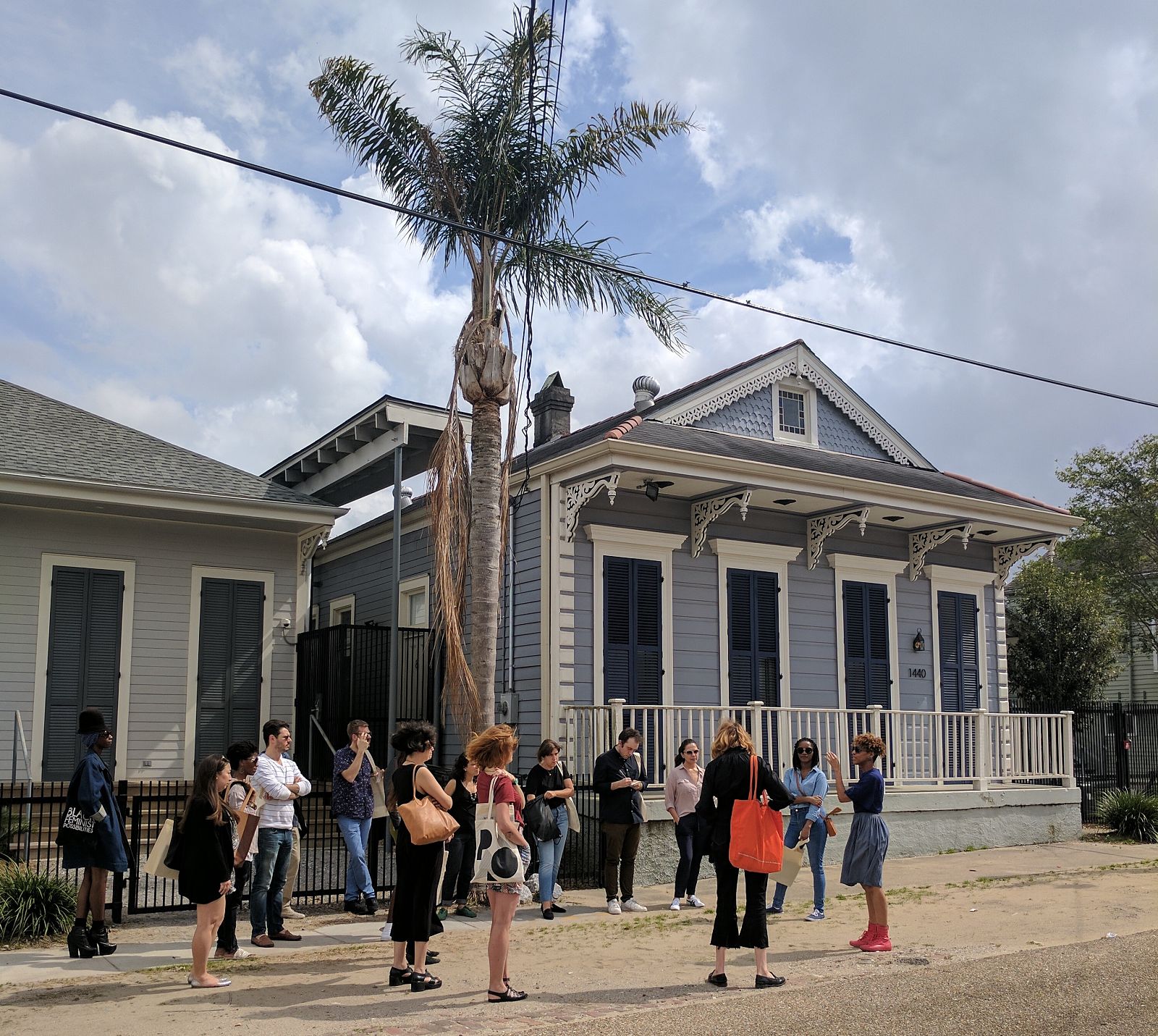Following the death of General Francisco Franco on November 20, 1975, Spain witnessed dramatic and extensive transformations in its political, economic, social, and cultural life. Following nearly half a century of iron-fisted and quixotic dictatorial rule, preceded by more than a century of debilitating internal strife, in the late 1970s Spain stridently repositioned itself within the framework of western civilization. A slowly simmering dream of revision erupted and became a palpable reality. After forty years of isolation, young Spanish artists are now not only part and parcel of the rich tapestry of Spain, they are also – in an atmosphere of pluralism – partakers of modes and themes that derive from British Pop Art, European expressionism, lyrical American abstraction, and broad-based conceptualism.
Although their attitudes range from conceptual biases to stances delicately balanced between abstraction and figuration, two overriding characteristics bridge their efforts, which are – for want of a more profound definition – essentially poetic. Theirs also is a subjective reality, manifest in meditations upon our state of being and of art. Their work is – even when seemingly abstract – referential, and gives up its larger meanings slowly, through repetition, reflection, and serial examination. Their art – although it partakes of international Modernism – is indisputably Spanish and they seem to be the inheritors of a long tradition that encompasses an earthy, tactile romanticism, which derives from a special empathy with Iberian light, landscape, and ornamentation. Among these eight artists, similar concerns are expressed through disparate means.
- Excerpt from catalogue essay by Lucinda Barnes, 1990






